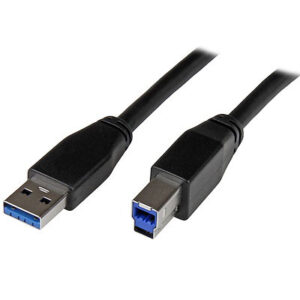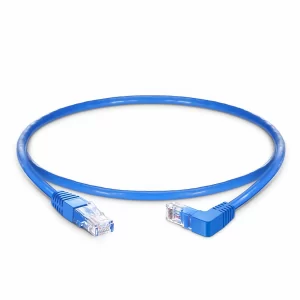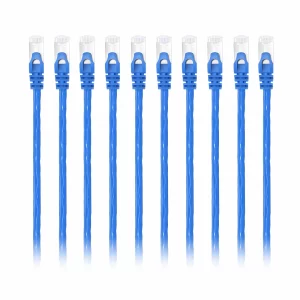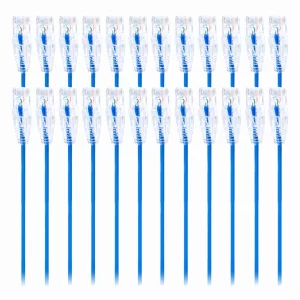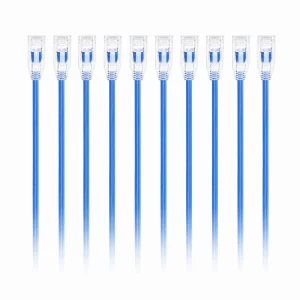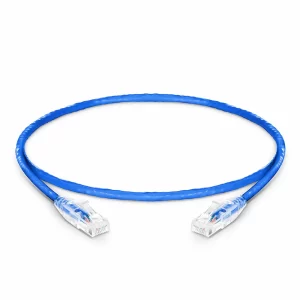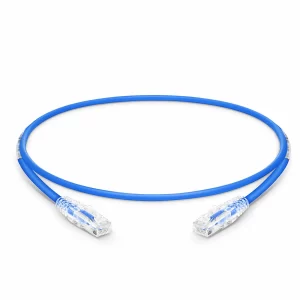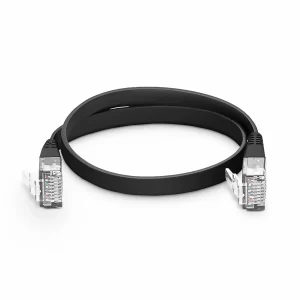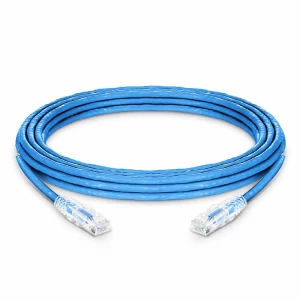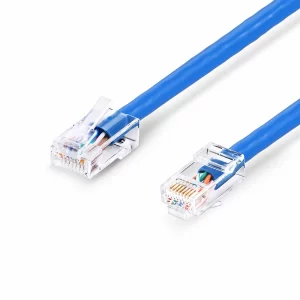Ethernet cables are the core transmission medium that connects network devices. Their main function is to stably transmit network signals and adapt to different types of network speeds and scene requirements. The common network cable grades are divided from low to high according to transmission performance, with core differences in network speed, bandwidth, and anti-interference ability: Cat5e: a cost-effective choice, supporting 1Gbps network speed, 100MHz bandwidth, and better anti-interference ability than Cat5, preferred for home and ordinary office use. Cat6: Performance upgrade, supporting 1Gbps (up to 55 meters) or 10Gbps (up to 5 meters), bandwidth of 250MHz, with an internal cross skeleton to reduce interference, suitable for high-definition audio and video, e-sports and other scenarios with high network speed requirements. Cat6a: Enhanced version of Cat6, supporting 10Gbps network speed (up to 100 meters), bandwidth of 500MHz, stronger anti-interference ability, suitable for enterprise computer rooms, large apartments, and whole house high-speed networking. Cat8 is a high-end Ethernet cable that has been recognized by mainstream standards, is compatible with RJ45 interfaces, supports 25G-40Gbps ultra high speed short-range transmission, and is designed specifically for data centers and other scenarios.
Category
Ethernet Cables
Showing 1–16 of 54 resultsSorted by latest
-
Active USB 3.0 (5Gbps) USB-A to USB-B Cable – M/M – 5m/10m – TAA
Price range: $93.99 through $121.99 -
90 Degree Cat6 26AWG Snagless Unshielded (U/UTP) PVC CM Ethernet Network Patch Cable, RJ45 Right Angle UP Male to RJ45 Male
Price range: $2.80 through $17.00 -
90 Degree Cat6 26AWG Snagless Unshielded (U/UTP) PVC CM Ethernet Network Patch Cable, RJ45 Right Angle Down Male to RJ45 Male
Price range: $2.80 through $11.00 -
Cat6 26AWG Snagless Shielded (S/FTP) PVC CM Ethernet Network Patch Cable, (10pcs/pack)
Price range: $37.00 through $73.00 -
Cat6 Snagless Unshielded (U/UTP) PVC CM Ethernet Network Patch Cable, (24pcs/pack)
Price range: $103.00 through $185.00 -
Cat6 24AWG Snagless Unshielded (U/UTP) PVC CM Ethernet Network Patch Cable, (10pcs/pack)
Price range: $29.00 through $72.00 -
Cat6 24AWG Snagless Unshielded (U/UTP) PVC CM Ethernet Network Patch Cable, (5pcs/pack)
Price range: $38.00 through $48.00 -
Cat6 Snagless Unshielded (U/UTP) PVC CM Small Diameter High-Flex Ethernet Network Patch Cable, (24pcs/pack)
Price range: $102.00 through $178.00 -
Cat6 28AWG Snagless Unshielded (U/UTP) PVC CM Small Diameter High-Flex Ethernet Network Patch Cable,(10pcs/pack)
Price range: $43.00 through $74.00 -
Cat6 26AWG Snagless Shielded (S/FTP) LSZH Ethernet Network Patch Cable
Price range: $4.40 through $13.00 -
Flat Cat6 32AWG Snagless Unshielded (U/UTP) PVC Ethernet Network Patch Cable
Price range: $3.00 through $6.50 -
Cat6 28AWG Snagless Unshielded (U/UTP) CM/LSZH Small Diameter High-Flex Ethernet Network Patch Cable
Price range: $4.50 through $18.00 -
Cat6 23AWG Snagless Unshielded (U/UTP) LSZH Ethernet Network Patch Cable
Price range: $5.30 through $8.90 -
Cat6 24AWG Snagless Unshielded (U/UTP) LSZH Ethernet Network Patch Cable
Price range: $4.50 through $18.00 -
Cat6 23AWG Snagless Unshielded (U/UTP) PVC CMP Ethernet Network Patch Cable
Price range: $36.00 through $70.00 -
Cat6 24AWG Non-booted Unshielded (U/UTP) PVC CM Ethernet Network Patch Cable
Price range: $4.30 through $7.70
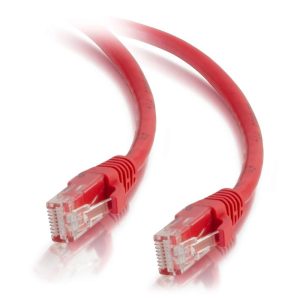 Cat5e Cables
Cat5e Cables Cat6 Cables
Cat6 Cables Cat6a Cables
Cat6a Cables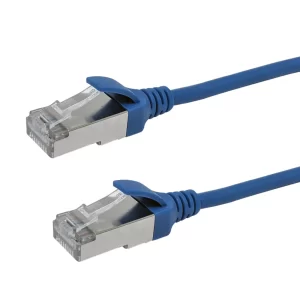 Cat8 Cables
Cat8 Cables Bulk Ethernet Cables
Bulk Ethernet Cables Plenum-Rated Ethernet Cables
Plenum-Rated Ethernet Cables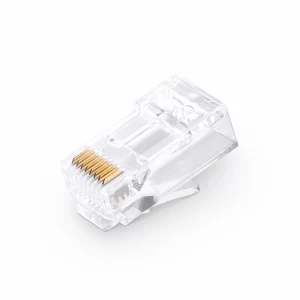 Connectors & Jacks
Connectors & Jacks OS2 Singlemode Simplex
OS2 Singlemode Simplex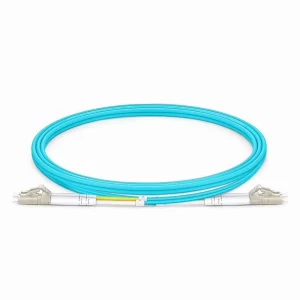 OS2 Singlemode Duplex
OS2 Singlemode Duplex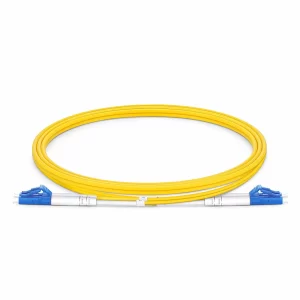 OM5 Multimode
OM5 Multimode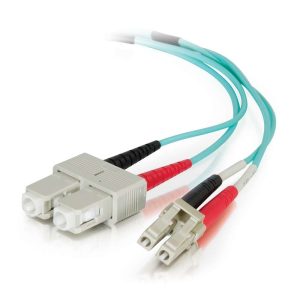 OM4 Multimode
OM4 Multimode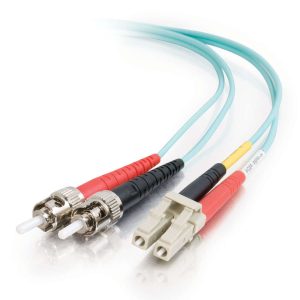 OM3 Multimode
OM3 Multimode OM2 Multimode
OM2 Multimode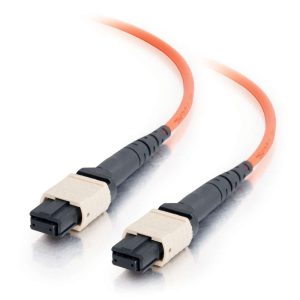 MTP/MPO Cables
MTP/MPO Cables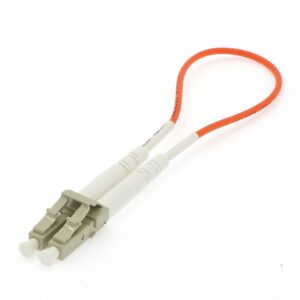 Loopback Adapter
Loopback Adapter Fiber Optic Connectivity
Fiber Optic Connectivity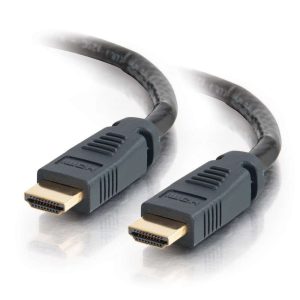 HDMI Cables
HDMI Cables HDMI Mini/Micro Cables
HDMI Mini/Micro Cables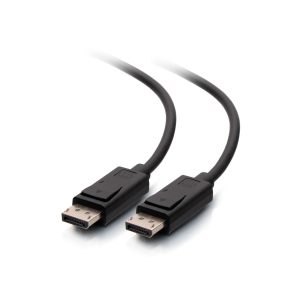 DisplayPort Cables
DisplayPort Cables Mini DisplayPort Cables
Mini DisplayPort Cables DVI Cables
DVI Cables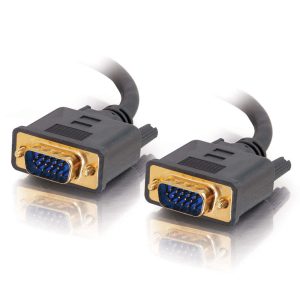 VGA Cables
VGA Cables Audio Cables
Audio Cables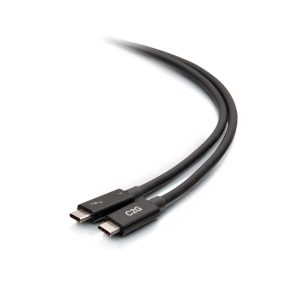 Active USB Cables
Active USB Cables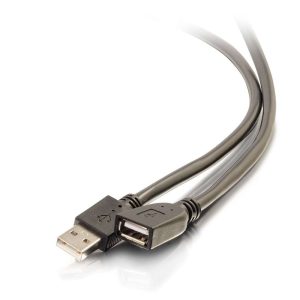 Plenum-Rated USB Cables
Plenum-Rated USB Cables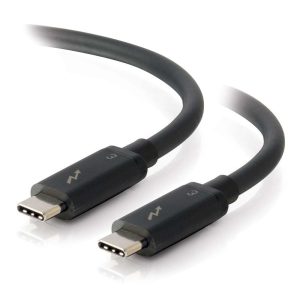 Thunderbolt Cables
Thunderbolt Cables USB 2.0 Cables
USB 2.0 Cables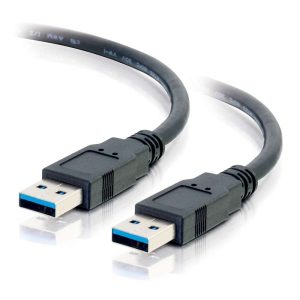 USB 3.0 Cables
USB 3.0 Cables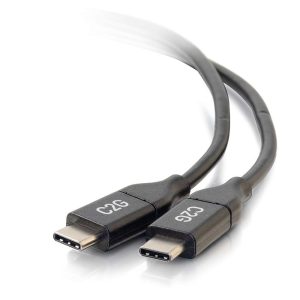 USB Cables for Mobile Devices
USB Cables for Mobile Devices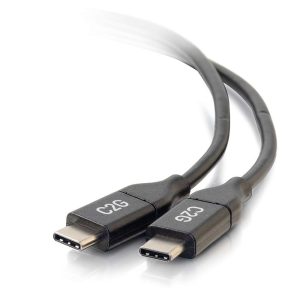 USB-C Cables
USB-C Cables Keyboard & Mouse Cables
Keyboard & Mouse Cables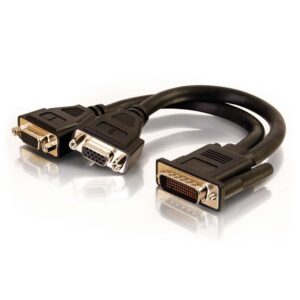 LFH-59 and M1 Cables
LFH-59 and M1 Cables Parallel Cables & Devices
Parallel Cables & Devices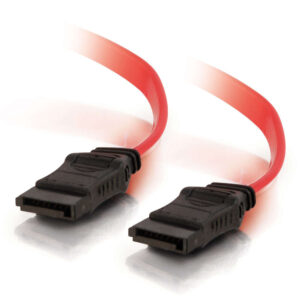 Serial ATA Cables
Serial ATA Cables Serial RS232 Cables
Serial RS232 Cables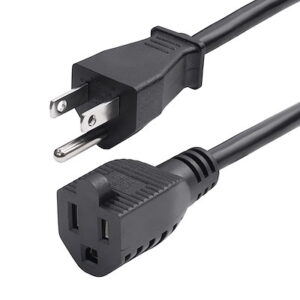 Power Cables
Power Cables